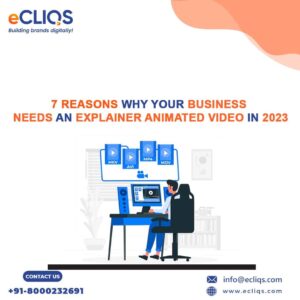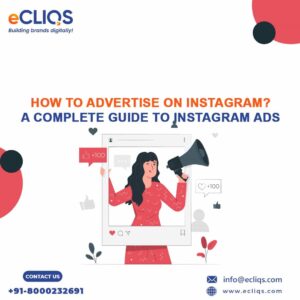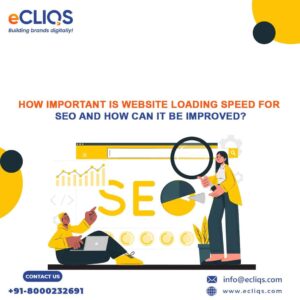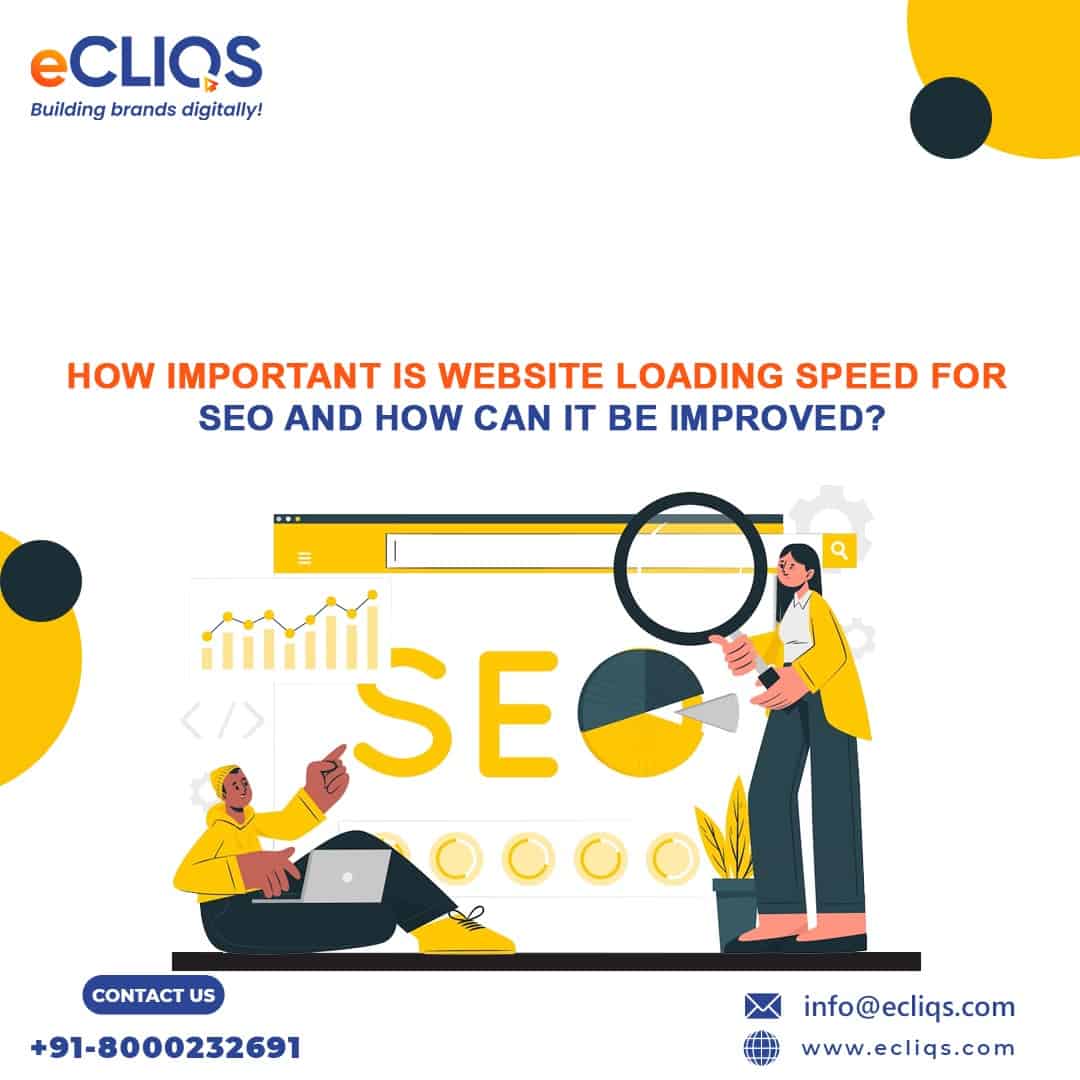7 Reasons Why Your Business Needs Explainer Animated Video in 2023
In today’s fast-paced world, businesses need to keep up with the latest marketing strategies to stay ahead of their competition. One of the most effective ways to engage with your audience and convey your message is through explainer animated videos. These videos have become increasingly popular in recent years, and for good reason. In this blog, we will discuss why your business needs explainer animated videos in 2023.
Why do animated explainer videos work well?
One of the most efficient ways for a company to attract new clients is through the use of an explainer film. With an explainer video, a business can hold a customer’s interest from the moment they stumble upon the video until they take some sort of action on their website, such as making a purchase.
Businesses that want to advertise products or services online, as well as those with offline sales reps who require a simple way to introduce those representatives to potential clients, can all benefit from using explainer videos. Customers who have moved on from the first purchase but are interested in your brand again can be brought back with the help of an explainer video by providing them with information about promotions, specials, or other incentives to do so.
Marketers can benefit from explainer videos since they help customers quickly grasp what your firm offers and why it’s valuable. In a world where there is too much data, your explainer video will stand out.

7 Reasons why your business needs explainer animated video in 2023
Here are the reasons:
1. Captivating and Memorable
One of the primary reasons to use explainer animated videos is that they are highly captivating and memorable. These videos use vivid and colourful animations to tell a story and convey information, making them more engaging than plain text or static images. The combination of visuals, sound effects, and narration creates a memorable experience that is more likely to stay with the viewer.
2. Easy to Understand
Explainer animated videos are an effective way to simplify complex concepts and information. By using visual aids and simple language, these videos can help your audience understand your product or service and its benefits quickly. This is especially important if you have a complex product or service that is difficult to explain in a few sentences. An explainer video can help break down the information into bite-sized chunks, making it easier for viewers to comprehend.
3. Increased Conversion Rates
Another benefit of explainer animated videos is that they can help increase your conversion rates. These videos are an excellent tool to use on your website, social media, or landing pages. By having a clear call to action in your video, you can guide your viewers towards taking the next step, such as filling out a form or making a purchase. According to a study by Wyzowl, businesses that use videos on their website see an average increase of 144% in conversion rates.
4. Improved SEO
Explainer animated videos can also help improve your website’s search engine optimization (SEO). By embedding videos on your website, you can increase the time visitors spend on your site, which is a crucial factor in SEO. Additionally, videos can help reduce your website’s bounce rate, which is the percentage of visitors who leave your site after only viewing one page. By keeping visitors on your site for longer, you can signal to search engines that your website is valuable and relevant, ultimately improving your search rankings.
5. Cost-Effective
Explainer animated videos are a cost-effective marketing tool that can provide long-term benefits for your business. While producing a high-quality video can be a significant upfront investment, it can pay off in the long run by helping to increase your conversion rates, boost your SEO, and engage your audience. Additionally, explainer videos can be repurposed for different platforms, such as social media or email marketing, making them a versatile asset for your business.
6. Shareable and Viral
Another benefit of explainer animated videos is that they are highly shareable and have the potential to go viral. By creating a video that is entertaining and informative, you can encourage viewers to share your video on social media, email it to their friends, or embed it on their website. This can help increase your brand awareness and reach a wider audience, ultimately leading to more leads and sales for your business.
7. Build Trust and Credibility
Finally, explainer animated videos can help build trust and credibility with your audience. By presenting your product or service in a clear and concise way, you can establish yourself as an authority in your industry. Additionally, by using a professional and polished video, you can show that you take your business seriously and are willing to invest in high-quality marketing materials.
Conclusion
Explainer animated videos are an excellent tool for businesses looking to increase engagement, conversion rates, and brand awareness. These videos are easy to understand, highly shareable, and can help build trust and credibility with your audience.
How to Advertise on Instagram – A Complete Guide to Instagram Ads
Instagram ads are a great way to boost your reach and engagement on the platform.
There are 2 billion monthly active Instagram users, and the average user spends 53 minutes per day scrolling. With that kind of engagement, Instagram ads can help you significantly broaden your impact.
This guide is intended to serve as a starting point for those unfamiliar with Instagram advertisements.
If you’re interested in learning more about Instagram advertising, its benefits, and how to launch your ad campaign, keep reading!
What is Instagram advertising ?
Instagram ads are a paid service used by brands to spread awareness of their content. After Facebook acquired Instagram in 2013, the platform began providing advertising space to select businesses. Instagram started accepting ads from any company in 2015, and by 2017, the number of advertisers had risen to 1 million.

Why should you advertise on Instagram ?
Although organic social media strategies may appear inexpensive at first, they are reliant on much trial and error and can only get you so far when competing with constantly updating social media algorithms.
Because of this, you need to make sure your social media strategy includes both free and paid methods. In this way, you can enjoy the advantages of both options. With Instagram posts, you’re interacting directly with your audience, and with ads, you’re able to reach a wider audience that may be unfamiliar with your brand.
Instagram ads are a fantastic visual platform for showcasing your product. And now, with Instagram Shopping, you can turn those Instagram users into buyers more quickly and easily than ever before.
How much does Instagram advertising cost ?
Instagram advertising rates fluctuate based on a number of variables, such as the type of mobile device being advertised for, the target audience, the time of day, and whether or not the ad is scheduled to air during a nationally televised event.
Knowing who your target audience is on Instagram is essential. Ads and campaigns should only be funded if they are expected to increase profits.
Promote the posts and articles you know will do well organically by investing in them. Find out what works best through testing, and focus your marketing efforts there. Don’t forget to keep track of how well your ads are doing and make note of anything that falls short of expectations.
How to create Instagram ads
- Log in to Facebook Ads Manager: Instagram ads are managed through Facebook Ads Manager, so you will need a Facebook account to get started.
- Choose your campaign objective: Facebook Ads Manager offers a variety of objectives to choose from, including brand awareness, traffic, app installs, lead generation, and conversions.
- Set up your ad account: If you haven’t set up an ad account before, you’ll need to create one in Facebook Ads Manager.
- Define your target audience: You can choose a specific demographic or geographic target audience for your Instagram ads.
- Choose your ad placement: Select Instagram as your ad placement.
- Set your budget and schedule: Determine your daily or lifetime budget for your Instagram ads, and choose the start and end dates for your campaign.
- Create your ad: Choose the ad format you want to use for your Instagram ads, such as image, video, carousel, or story ads. Then, create your ad by adding your creative elements (such as images or videos) and your ad copy.
- Review and publish your ad: Before you publish your ad, review all of your ad details, including your target audience, ad placement, budget, and creative elements.
- Monitor and optimize your ad performance: Once your Instagram ads are live, monitor their performance through Facebook Ads Manager. Use the data to optimize your ads for better performance, such as adjusting your ad targeting or creative elements.
Creating Instagram ads directly from Instagram app
It is possible to create Instagram ads directly from within the Instagram app. Here are the steps:
- Open the Instagram app on your mobile device.
- Go to your profile and tap the three horizontal lines in the top right corner to open the menu.
- From the menu, select “Settings” and then “Ads”.
- Tap “Create Ad” to start the ad creation process.
- Choose the objective for your ad (e.g. increase website visits, increase video views, etc.).
- Select the target audience for your ad, including factors like age, gender, location, and interests.
- Set your budget and the duration of your ad.
- Choose the format of your ad, including image or video, and then create your ad content.
- Preview your ad to make sure it looks the way you want it to.
- Submit your ad for review and wait for it to be approved by Instagram before it begins running.
That’s it! Once your ad is approved, it will begin running on Instagram and you’ll be able to track its performance through the Ads Manager in the app.
Conclusion
You should hopefully have a better understanding of how to advertise on Instagram now that you’ve read this. Spend some time learning about the different options you have, and then build your marketing campaigns. You’ll see very soon how marketing on Instagram can bring in targeted customers who can help you increase your sales.
How important is website loading speed for SEO and how can it be improved?
Considering how many potential clients, consumers, and audiences are always online these days, it’s essential for every company to have its own website. Customer patience is often low among digital users. It is becoming increasingly important for both user experience and SEO that websites load quickly.
A poor page load time has negative effects on user experience, bounce rate, search performance, and revenue as websites become more complicated and content-heavy. While there are many variables that contribute to how long it takes a page to load, there are also some simple changes that can make a big difference.
Google now uses page speed as a major signal for where a site will show up in the search engine giant’s unpaid, organic results. In this post, we’ll discuss why it’s crucial for search engine optimization to have a fast-loading website, as well as some strategies for doing so.

What is Website Loading Speed?
When someone visits a website, how long it takes for the page to load is an indicator of how quickly the content will be shown. Google has stated that the speed of a website (and individual pages) is an indicator utilised in its algorithm. Google can accomplish more in less time by crawling websites that load quickly.
The time it takes for a web page to load is a major factor in the site’s overall usability. The loading of web pages occurs incrementally rather than all at once. In addition, the properties of each page, the user’s browser and device, and the user’s Internet connection all affect how quickly a website loads. Fast-loading websites do better in several areas of marketing and search engine optimization.
There are a few distinct types of website loading times:
- After landing on a website, the amount of time it takes for you to view the first piece of content on that page is referred to as the First Contentful Paint (FCP) time. In most cases, web pages load each component one at a time, as opposed to all of them simultaneously.
- The time it takes for all of the code at the top and bottom of a webpage to load is referred to as the DOMContent Loaded (DCL) time. This is because the different components of a webpage do not load all at the same time.
- The moment in the timeline for loading a page that is indicated by the acronym LCP, or largest contentful paint, is when the page’s primary content has most likely finished loading.
Google will penalise websites that load extremely slowly (taking more than four to seven seconds for the page to become functional). This is due to the fact that after approximately three seconds, visitors begin returning to the SERPs to hunt for anything else. The Page Speed Insights (PSI) tool developed by Google divides the overall quality of the user experience into three distinct categories: Good, Needs Improvement, or Poor.
How to Improve Your Page Load Time
A slow website is annoying to everyone. As an indication for ranking, Google considers how quickly your page loads. In order for your website to show up in the search results provided by Google, you will need to optimise your page load time by adhering to the tips that are provided below:
- It is important to optimise graphics and video because they both slow down the loading time of a webpage and account for a considerable amount of the page’s total size.
- You can lower the size of your larger CSS, HTML, and JavaScript files by enabling compression.
- Utilize browser caching so that when a visitor returns to your site, the browser does not have to reload the entire page. This will save the visitor time.
- Utilize a Content Distribution Network, or CDN, to have several copies of your website stored at a variety of data centres that are located in different parts of the world.
- Reduce the number of redirects on your site because they force your visitors to spend more time waiting for the HTTP request-response cycle to finish.
How eCliqs Consulting helps?
Your website’s search engine rankings, client satisfaction, and conversion rate can all be negatively affected by a slow page load time. If your site is sluggish and unresponsive, it may be time to start fresh.
As one of the simplest methods to make a significant improvement to your site, page speed is often one of the first things we check while providing SEO services.
If you’re worried that your site’s performance is subpar or if you want advice on how to increase your page speed, don’t hesitate to get in contact with us.
Conclusion
Even though it could seem like a lot of additional work, the return on your time investment will be more than sufficient to justify the hassle. When customers know they can depend on your website to load quickly on any device, they are more likely to make a repeat visit, and an increase in loyal customers equals an increase in return visits. A quick loading website often leaves a good impression about your brand and customers also enjoy browsing through it.
References





